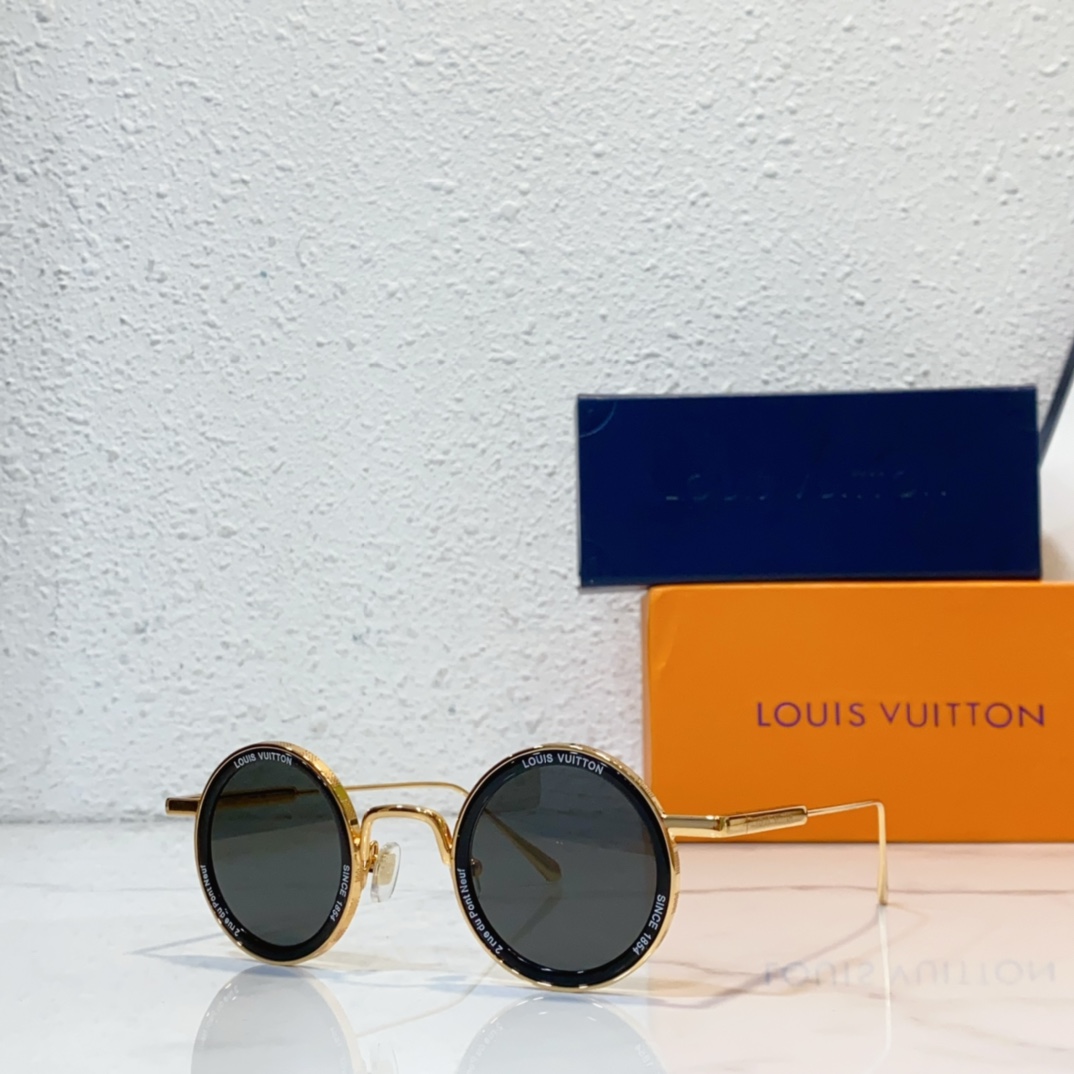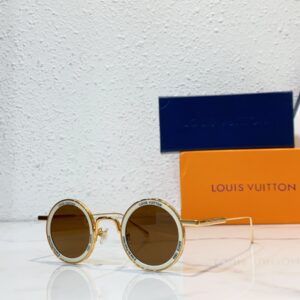Introduction to Counterfeit Sunglasses
The counterfeit sunglasses market has become a significant concern in both the retail industry and among consumers. With the global demand for eyewear continuously on the rise, counterfeit sunglasses offer a cheaper alternative, attracting a wide consumer base. These knockoff products often mimic high-end brands, making them visually appealing while significantly undercutting the original prices. The allure of affordability, paired with the influence of current fashion trends, perpetuates the growth of this market.
One of the primary impacts of counterfeit sunglasses lies in consumer deception. Many buyers are enticed by the appearance of luxury brands without a financial commitment. However, purchasing these fakes poses a risk not only to the purchaser but even to the larger eyeglass market. These counterfeit items often fail to meet safety standards, which can result in inadequate UV protection and potential harm to eye health. This deception can lead to a negative experience, driving consumers to question the authenticity and quality of legitimate products.
Additionally, the proliferation of counterfeit sunglasses adversely affects established brands. Significant financial losses occur as sales decline due to the competition from inexpensive alternatives. These losses can stifle innovation and diminish the brand’s reputation over time. Economically, the counterfeit market also contributes to a loss in tax revenue and legitimate job opportunities, ultimately impacting the market’s overall health. The phenomenon of counterfeit sunglasses illustrates a complex interplay between consumer desires and the integrity of established brands, showcasing an ongoing battle between authenticity and imitation.
Regional Approaches to Combatting Counterfeits
Counterfeit sunglasses represent a significant challenge across various regions, prompting diverse responses tailored to local contexts. In North America, for instance, the enforcement strategies hinge on robust intellectual property laws. Organizations such as the International Trademark Association (ITA) work closely with federal agencies to crack down on counterfeit goods. Public awareness campaigns often highlight the dangers of counterfeit sunglasses, educating consumers about the potential health risks and economic impacts associated with purchasing fake eyewear. Collaborations with online marketplaces have also surfaced, aiming to monitor and eliminate listings for counterfeit products.
In Europe, the approach to counterfeiting incorporates comprehensive legislative frameworks, bolstered by the European Union’s enforcement mechanisms. A unique aspect of Europe’s strategy is the collective action undertaken by member states, where cross-border operations target the supply chain of counterfeit goods. These campaigns are often coupled with robust public education efforts emphasizing the quality assurance and protection that accompanies legitimate products. Furthermore, partnerships with luxury brands enable greater resource allocation towards fighting counterfeit sunglasses, ensuring that enforcement strategies remain effective and proactive.
Asia faces distinct challenges due to the sheer scale of production and consumption of counterfeit goods. Countries like China and India are emerging as battlegrounds in the fight against counterfeit eyewear. Chinese authorities have ramped up enforcement actions, while Indian organizations focus on building consumer awareness, illustrating the need for quality in eyewear products. Collaborative initiatives with international organizations, such as Interpol, aim to dismantle networks responsible for the distribution of counterfeit goods across borders.
In Africa, where counterfeit products often flood the market, there is a significant push for governmental and NGO collaborations. Educational initiatives seek to inform consumers about the implications of purchasing counterfeit sunglasses, while law enforcement agencies are being trained in recognizing and combating counterfeit operations. Each region’s unique cultural, legal, and economic landscape shapes its strategic responses to the pervasive issue of counterfeit eyewear.
Legal Frameworks Surrounding Counterfeit Sunglasses
The battle against counterfeit sunglasses requires a robust legal framework that varies significantly across different regions. Intellectual property laws constitute the backbone of such frameworks, allowing manufacturers to protect their brands and designs from infringement. For instance, in the United States, trademark law is enforced through the Lanham Act, which provides legal recourse for companies whose trademarks are used without consent. Many countries in Europe implement similar legal structures, particularly through the European Union’s directives that harmonize trademark protection across member states.
Consumer protection laws also play a vital role in combating counterfeit merchandise. These regulations aim to safeguard consumers from deceitful practices related to the sale of fake goods, including counterfeit eyewear. Countries such as Australia and Canada have enacted strict laws that not only penalize sellers of fake sunglasses but also require them to provide accurate product information, thereby empowering consumers to make informed choices. The presence of comprehensive consumer protection legislation is essential in dissuading the market for counterfeit goods and ensuring a fair playing field for legitimate brands.
Moreover, governments employ various specific measures to curb the production and distribution of counterfeit sunglasses. For example, countries like China have introduced initiatives targeting the illicit manufacturing of counterfeit products, especially in areas known for producing fakes. Operations that involve raids on counterfeit production sites and collaboration with global brands have shown success in reducing the prevalence of these goods in the market. Across Latin America, regional agreements aim to facilitate cooperation between countries to enhance enforcement strategies against counterfeit products. Overall, while the foundations laid by intellectual property and consumer protection laws are crucial, effective enforcement remains the true litmus test for reducing the impact of counterfeit sunglasses on the global market.
The Future of the Counterfeit Sunglasses Market
The counterfeit sunglasses market has been experiencing significant transformations, driven by various factors including technological advancements, e-commerce proliferation, and increased societal awareness. As counterfeit goods continue to pose challenges, it is essential to examine the anticipated trends and challenges that will shape this market in the coming years.
Technological developments have begun to play a crucial role in the fight against counterfeit sunglasses. Innovations such as blockchain technology promise to provide greater transparency and traceability for consumers, allowing them to verify the authenticity of their eyewear at the point of purchase. Furthermore, artificial intelligence (AI) is increasingly being utilized in image recognition tools that can detect counterfeit products effectively. These tools analyze distinct features in sunglasses, such as logos, materials, and designs, providing a reliable means to differentiate between genuine and counterfeit items.
The rise of e-commerce and social media has further complicated the scenario. Online marketplaces frequently serve as platforms for selling counterfeit products, including sunglasses that mimic recognizable brands. Enhanced access to global consumers has made it easier for counterfeiters to circulate their products, thereby increasing the necessity for robust regulations in the digital space. Recognizing this dilemma, several nations are contemplating stricter legislation targeting the sale of counterfeit goods online, aiming to safeguard consumers and uphold brand integrity.
As societies become increasingly cognizant of the implications of counterfeit products, the demand for transparency and accountability in the market will likely fuel advocacy for new regulatory measures. Governments may introduce more stringent penalties for those engaged in the manufacturing and distribution of counterfeit sunglasses. Additionally, there is potential for collaboration between private companies and law enforcement agencies to combat these illegal activities more effectively.
In conclusion, the future of the counterfeit sunglasses market hinges on a multi-faceted approach involving technology, legislation, and public awareness. As these elements converge, the battle against counterfeit sunglasses will continue to evolve, reflecting changes in consumer behavior, technological progress, and judicial frameworks.



